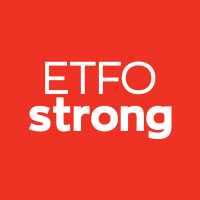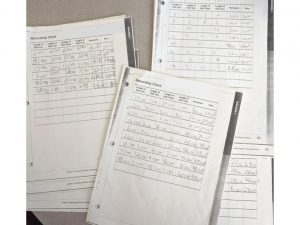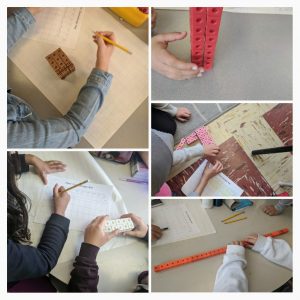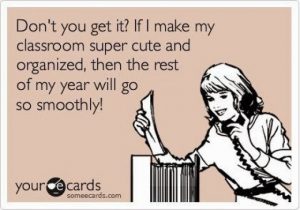In my first year of teaching, some days went very well and other days I was ill equipped to support my students with what they needed. My students came from some very difficult homes. Many had addiction, drug dealing, and consistent violence in the home. One student that I will remember for my entire career shared with me that his job in his home was to hide in the closet while his mother turned tricks and steal money from the John’s wallet before his mother finished. My students were very quick to anger and had very little in the way of self regulation or an ability to talk through their problems. As one student explained to me, to survive in their neighborhood, you had to punch first. My students needed so much more than I was able to give them. They needed counselling, mental health supports, addiction support and anger management interventions. None of which I was trained in at teacher’s college. They needed people who specialized in all of these areas supporting them and rooting for their success in school. Much of my time at school was spent trying to build relationships with my students so they could actually trust me enough to let me teach them. The majority of my students were 3 or 4 years behind in reading, and writing was an incredibly frustrating experience for all of them. They had needed reading intervention many years before they met me and needed additional supports that just didn’t exist in my school. There was no special education support or Educational Assistants. The guidance department in my school was completely overwhelmed trying to meet the needs. There was just me. A brand-new teacher with all the heart in the world but very ill equipped to support children through daily trauma. The system did not have enough supports to meet the students’ needs.
Just as my students were not supported, neither was I as a brand-new teacher. On one particular day, I had a lesson that was not going well. One of the students in my class had an altercation with another student the night before and was having extreme difficulty being in the same room with him. During this lesson, he got up and attacked the other student. At this moment, a senior teacher at the school came into my classroom and sat down and told me that I was being evaluated by her. I was not notified of this evaluation and I was not clear about the parameters of the evaluative process. The teacher stayed and heavily criticized me for my performance. The teacher did not provide me any supports or ideas of how I could improve. It was to this day one of my worst days in the profession. When I inquired about the process of evaluation in my district, I was told that the principal could assign a senior teacher any day at any point to come and observe me. The turn over rate of teachers is around 10 percent a year in this state. Without fair transparent evaluation practices and processes in place to support newer teachers, beginning teachers are not set up well to support their students.
My school was a very also a very violent place to work. There was some form of student on student or student on teacher violence daily. There were no stats collected on violent incidents and there was no accountability from administrations to follow up on violent incidents. There was never a plan to stop the violence or improve the violence within the building. What I was told on more than one incident by my administration was that I was not from here and that I didn’t understand the community I was teaching. Basically, there was no expectation for the situation to improve for the students or for the teachers in the building. Again, my students were set up to fail because there was no one looking at changing the system in which they were exposed to violence every single day.
I was also discouraged from protecting my students outside of school. During my first round of parent teacher interviews one parent stood up and grabbed a meter stick off of my blackboard and attempted to beat their child. I luckily had a phenomenal hallway of teachers that I worked with and they assisted me with stopping the parent. I went to an administrator and notified them that I would be calling child protective services. Again, I was told that I wasn’t from around her and I didn’t understand the community. There was no union to call and no support to ask for.
All of these experiences remind me why I will stand up to any cuts or erosions to our current world class Ontario education system! I stand up and fight back because….
- Supports for kids in need are a mandatory part of a strong education system. Taking away funding from students with special needs is not okay. Taking away funding from students with mental health needs is not okay. Taking away funding from students who need to have additional support to be successful in school is not okay.
- My students deserve a well qualified, highly educated teacher. Most teachers have two university degrees and countless Additional Qualification courses. I have two degrees, 8 AQs and an extensive list of other self-directed learning to become the best teacher I can possibly be. My colleagues have Master Degrees, PHDs and College Degrees. The reason why Ontario has a world class education system is because we have world class highly educated teachers who are committed to education. un
- Hiring practices/Evaluation practices need to be fair and transparent. Otherwise, you end up with an entire teaching profession that looks like the principal they were hired by.
- Violence in school is not okay. Reported incidents needs to be transparent and analyzed to find solutions to protect all students. Every child deserves to come to school every day and feel safe. For many, it is the only place that they are able to be safe.
Thank you to the 83, 000 teachers that have stood up to stop the cuts to our education system over the past two weeks. The students of today and tomorrow will thank you for it!









